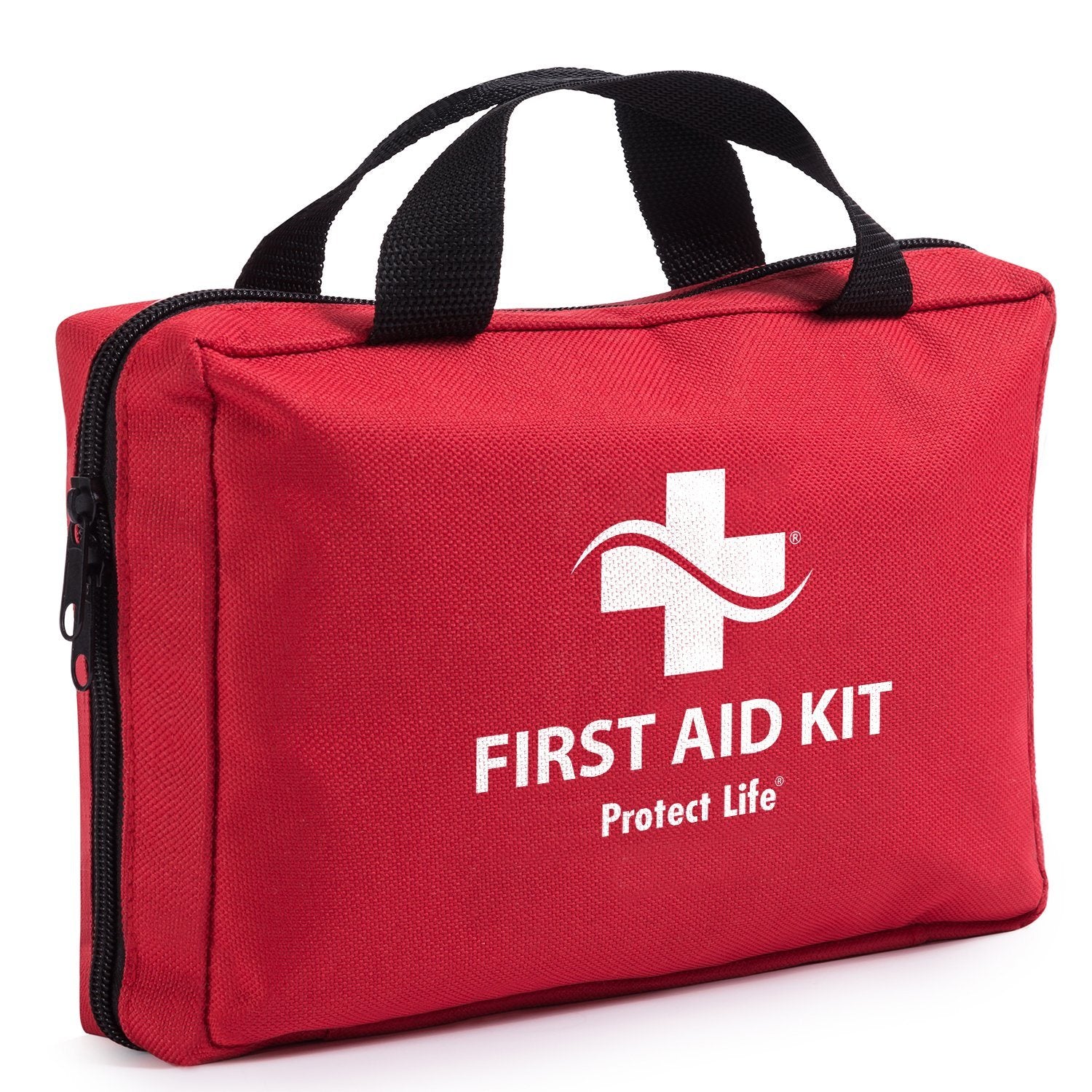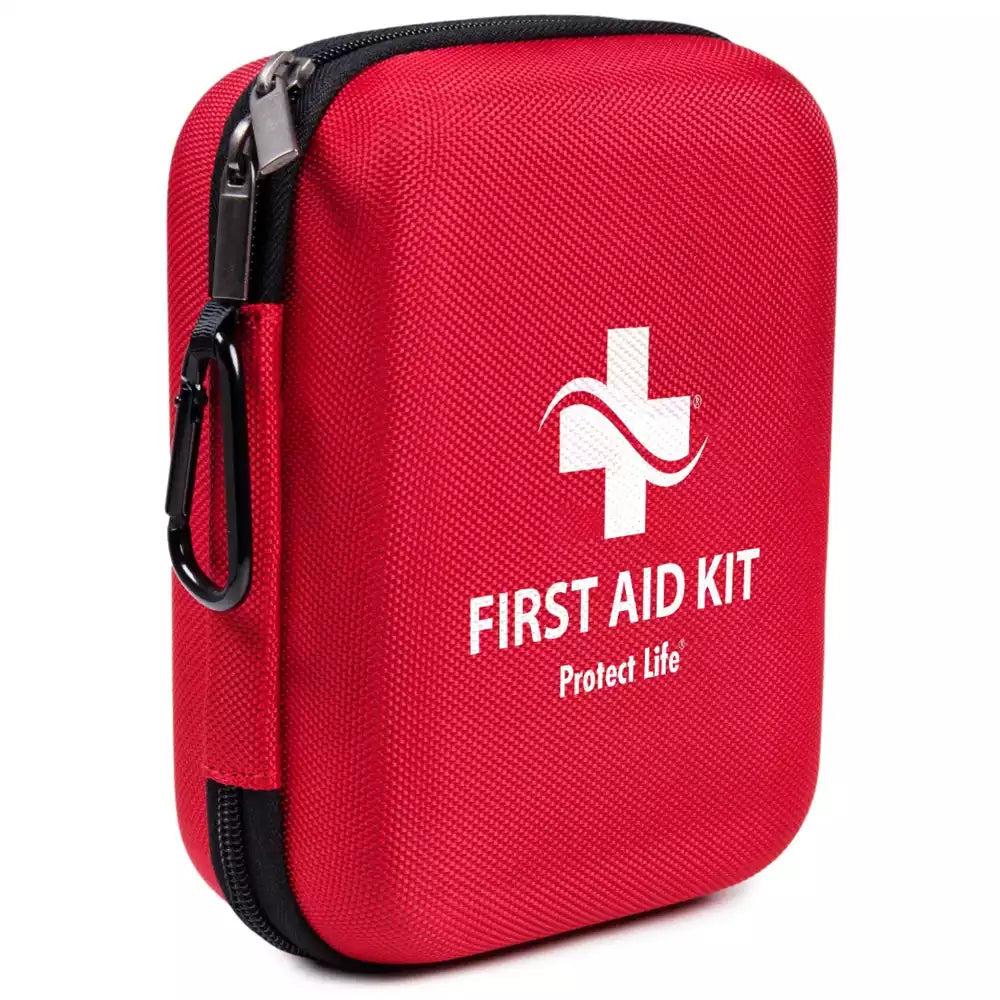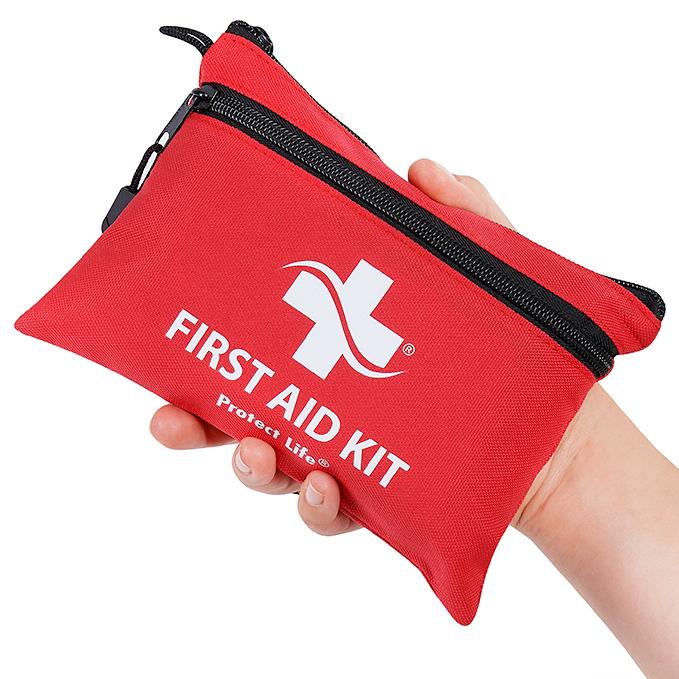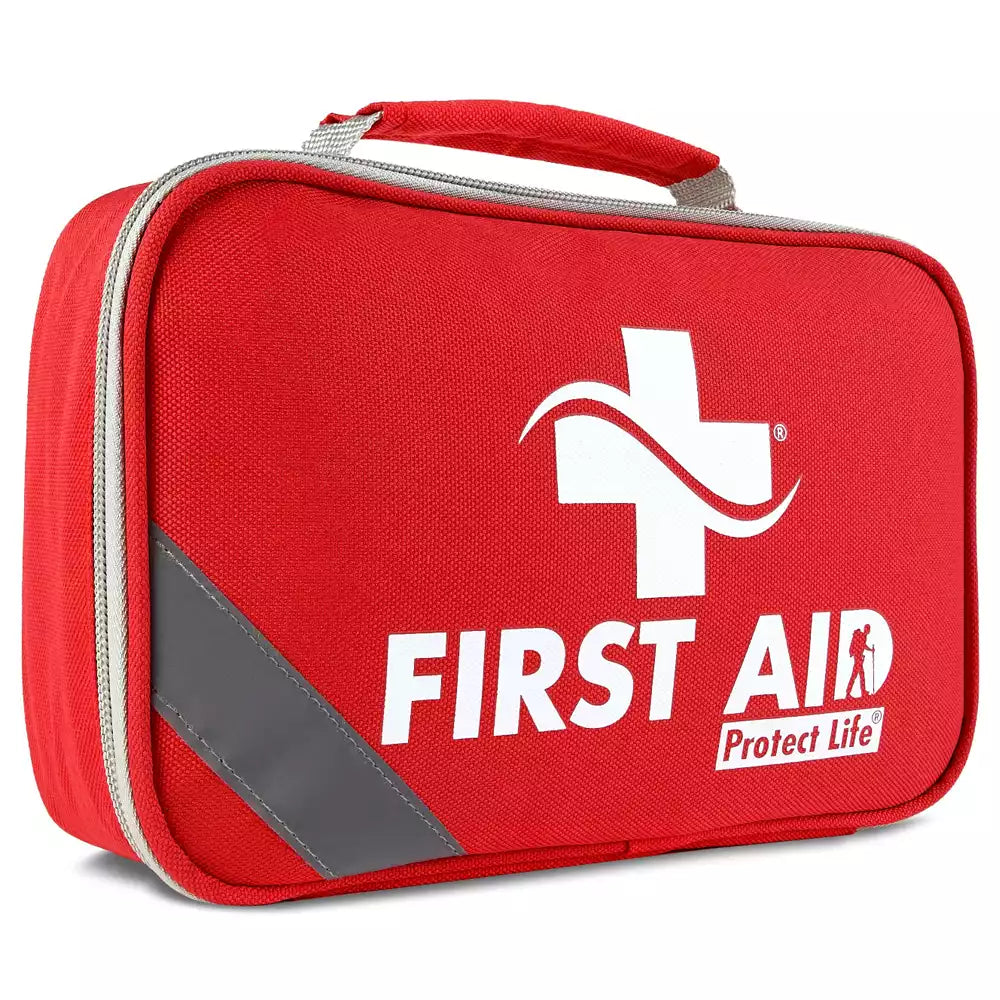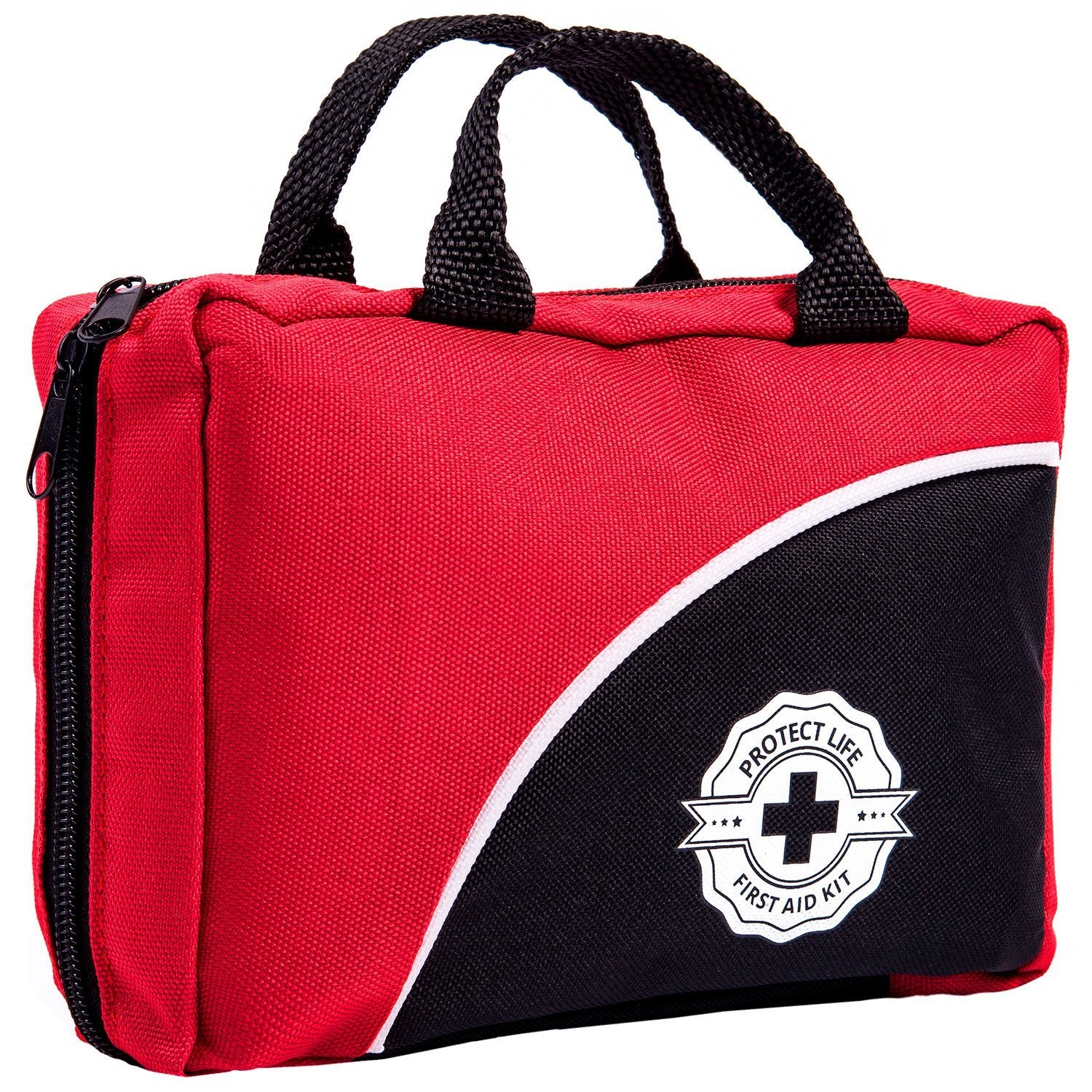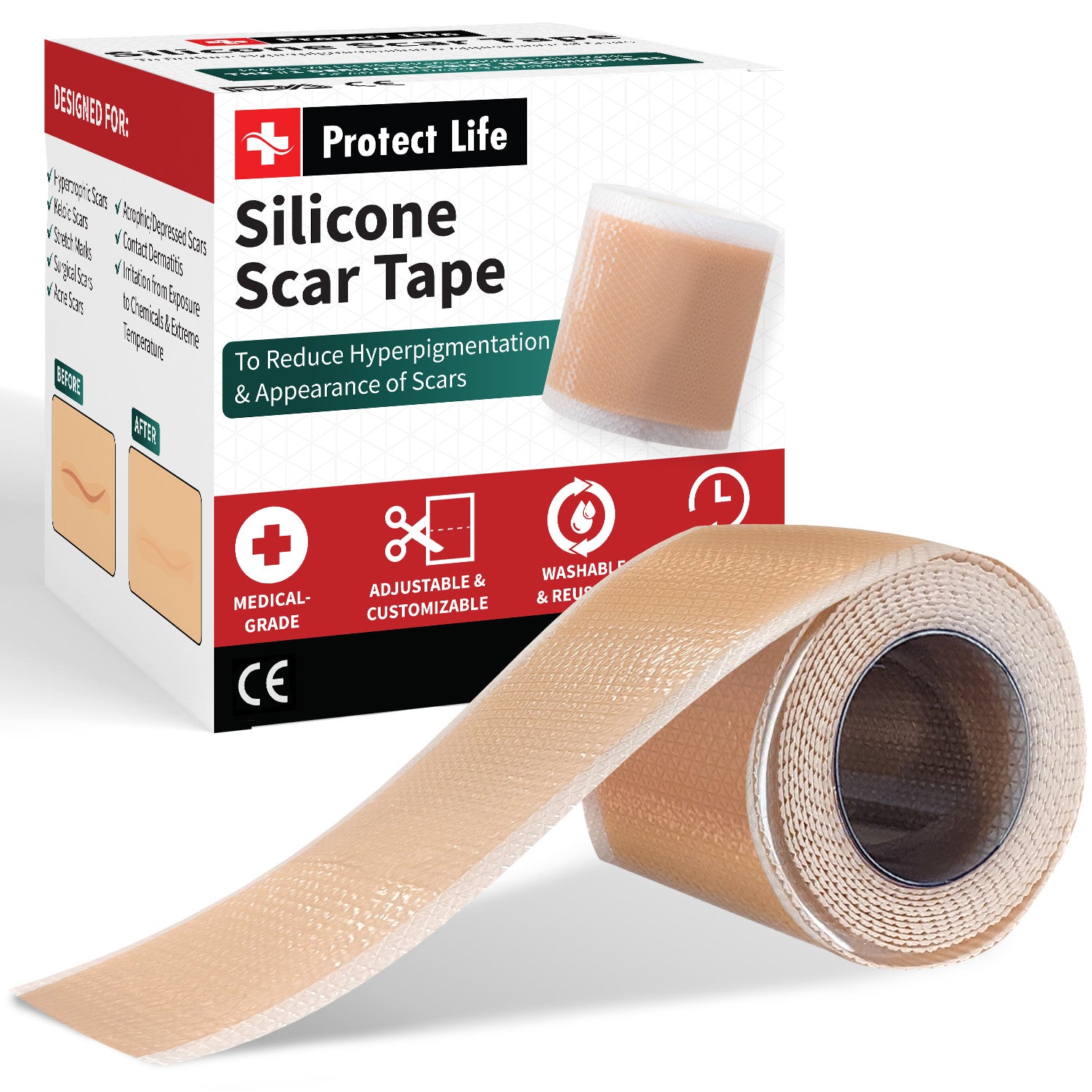The frenzy of going back to school is quite different this year. We’re still amidst the COVID-19 pandemic and, understandably, people have mixed feelings about schools reopening.
On one hand, going back to school would not only enable students to move forward with their studies, but it would also benefit their social and psychological well-being. Being in school physically would also give them access to services and opportunities that online learning can’t fully provide.
To mitigate the risks, schools and parents must work hand in hand to ensure that students stay safe and to prevent further surges in COVID-19 cases. Here are some measures that should be taken before and when classes resume.
Going Back to School Guidelines
Maintain a healthy environment
Schools must clean and disinfect school premises before they reopen. They should have stringent protocols to maintain health and sanitation. Routine cleaning and disinfections must be done more frequently, especially in shared spaces such as cafeterias, gyms, playgrounds, and hallways. If school buses are used to ferry students to and from school, they should also be cleaned and disinfected before and after each trip.
Desks should be placed at least one meter apart, and sharing of school materials must be discouraged. Individually labelled containers or cubbies should be prepared to keep the students’ belongings separate.

Provide proper ventilation
Aside from cleaning and disinfecting surfaces, schools must also ensure that there is adequate ventilation inside school buildings. Natural ventilation is deemed safer, so opening windows is preferred over air conditioners. This lets fresh air in without recirculating the air.
If HVAC systems are going to be used, they must be maintained and cleaned regularly. Adding HEPA filters is recommended to keep bacteria and viruses from spreading.
Implement prevention and control measures
Schools must establish protocols for early detection, testing, and contact tracing. While most COVID-19 cases reported in educational institutions occur among teachers and staff, children can also contract the disease. However, most of them only exhibit mild symptoms, and many go unnoticed. Because of these asymptomatic carriers, schools must be strict with physical distancing and mask protocols. Teachers, nurses, and other school staff should be encouraged to wear N95 masks to protect themselves and the children as well.
Teachers and staff must monitor their health, and parents can be requested to closely observe their children’s health at home. Those who feel ill, have high fever, or show any COVID-19 symptom, regardless of how mild it seems, should stay home for observation.

Enforce physical distancing for going back to school
Physical distancing is especially important in the school setting, but it is also doubly more challenging to enforce. Children are naturally drawn to physical interaction, especially during playtime, and may not always remember health protocols. Thus, teachers and school staff must monitor their compliance at all times.
Aside from rearranging their desks to maintain a distance of 3 to 6 feet, children should be reminded to stay within two arms’ length away from each other. Lunch can be taken at their desks instead of at the cafeteria. If the school has ample outdoor space, lunch can be scheduled in small groups and eaten outdoors. Teachers and staff should also practice physical distancing and avoid staying in common areas such as lounges.
Revise school procedures
Instead of having students move from one classroom to another, have teachers move between classrooms instead. This limits interaction outside the classrooms and prevents crowding the hallway. Some extracurricular activities, such as choir practices, can be done outdoors instead.
Schools can also mark stairs, hallways, and other shared spaces with arrows to facilitate one-way foot traffic flow and minimize crowding and bumping.
Teach students to protect themselves for going back to school
Fighting virus transmission starts with protecting one’s self from contracting the virus. Remind students to wash their hands frequently with soap and water and to avoid touching their face especially the eyes, nose, and mouth. Prohibit sharing of food, drinks, cups, and eating utensils. Discourage sharing of items that are difficult to disinfect such as paper and crayons. To prevent sharing such things, ask students to bring their own books, art supplies, and other school materials for personal use.
Model good health practices
Parents, teachers, and students alike should model good health practices. Schools should promote behavior that help reduce the spread of the virus. This includes proper hand hygiene and good respiratory etiquette.
Teach students to cough and sneeze on a tissue, throw the tissue immediately, and disinfect their hands right after. If no tissue is available, show them how to sneeze and cough into the elbow. Reinforce the use of face masks to protect other people in case one is unknowingly sick with the virus.
Implement guidelines on the use of face masks
The use of face masks is now required in all establishments. Schools are also mandated to set rules for it. Children under 5 years should not be required to wear masks, so physical distancing must be implemented more strictly among them.
A risk-based approach is taken for kids between 6 to 11 years old. Requiring them to wear face masks depends on several factors including how widespread the virus transmission is in their area. It also depends on their capacity to use the masks correctly and the availability of adult supervision.
Students who are 12 years or older must follow the same guidelines as adults do. Regardless of age, those with underlying conditions that hinder their capacity to breathe under masks should not be forced to wear them.
Students must wear face masks that fit them securely. Teachers and staff who are more susceptible to exposure can wear N95 respirator masks for better protection and that’s for going back to school faster.
Staying Safe for going back to school
The reopening of schools can be worrying for students, parents, educators, and school authorities alike. But, we can opt to conquer our anxieties and move forward with our lives. As we navigate towards the new normal and wait for more effective ways to prevent COVID-19 transmission, it’s important to adhere to the health protocols established by the government and by academic institutions.
Whether in school or in other places, practice proper hand washing, good respiratory etiquette, and physical distancing. Always wear your face mask when interacting with people and dispose of them properly after use.
As you complete your going back to school checklist, make sure to include hand soap, alcohol-based hand spray, disinfectant spray, and a face mask. To find the most appropriate mask to use in school, check out options from First Aid Kit Survival. We have different types of N95 masks for sale, including foldable ones that you can keep handy in your backpack. We also have colorful, small fabric masks that are especially designed for kids’ use.
Remember to wash your hands frequently, have a small bottle of hand sanitizer within reach, and wear a face mask when interacting with people. Get your face masks here.



